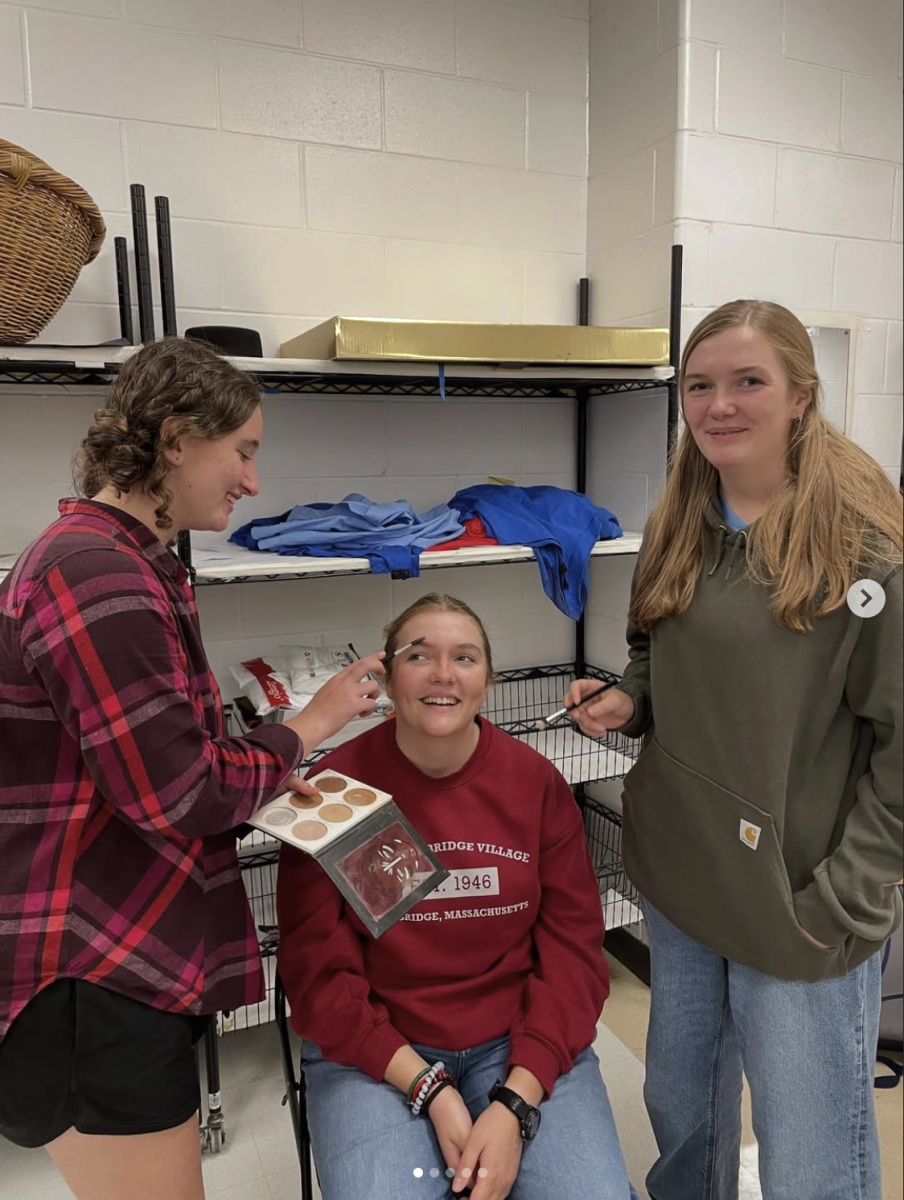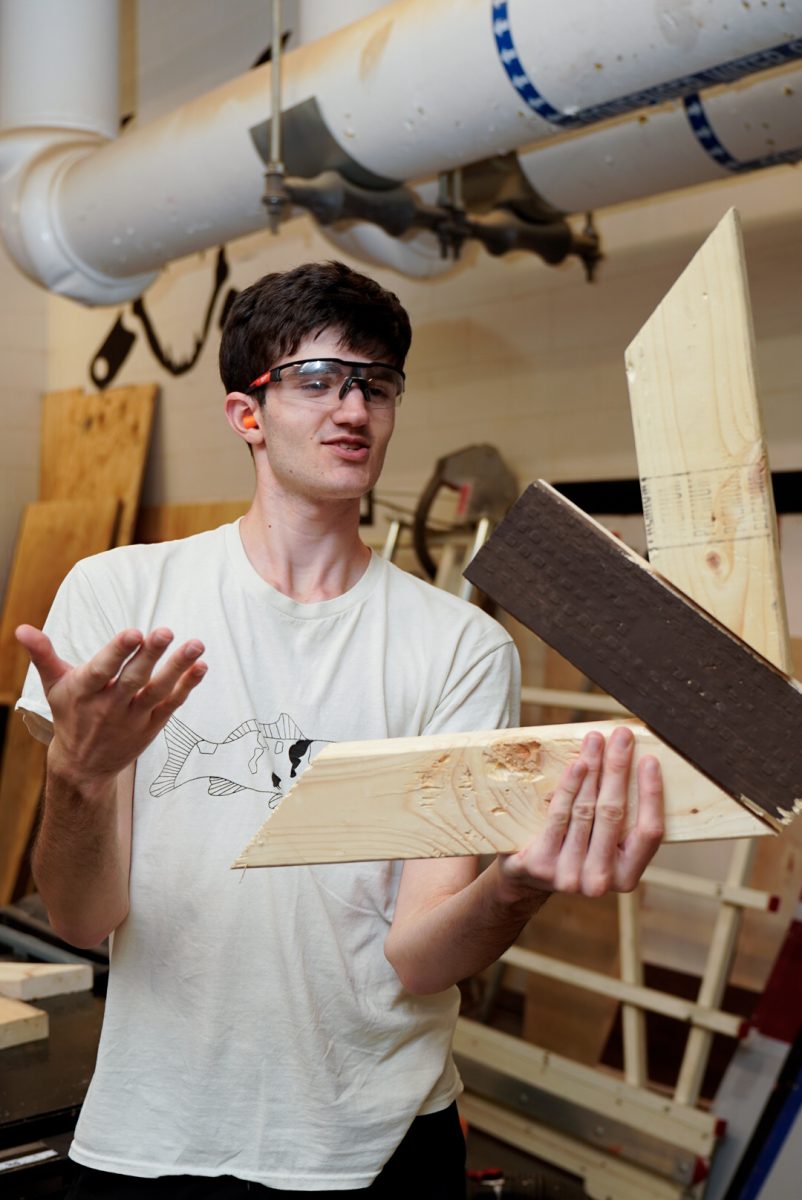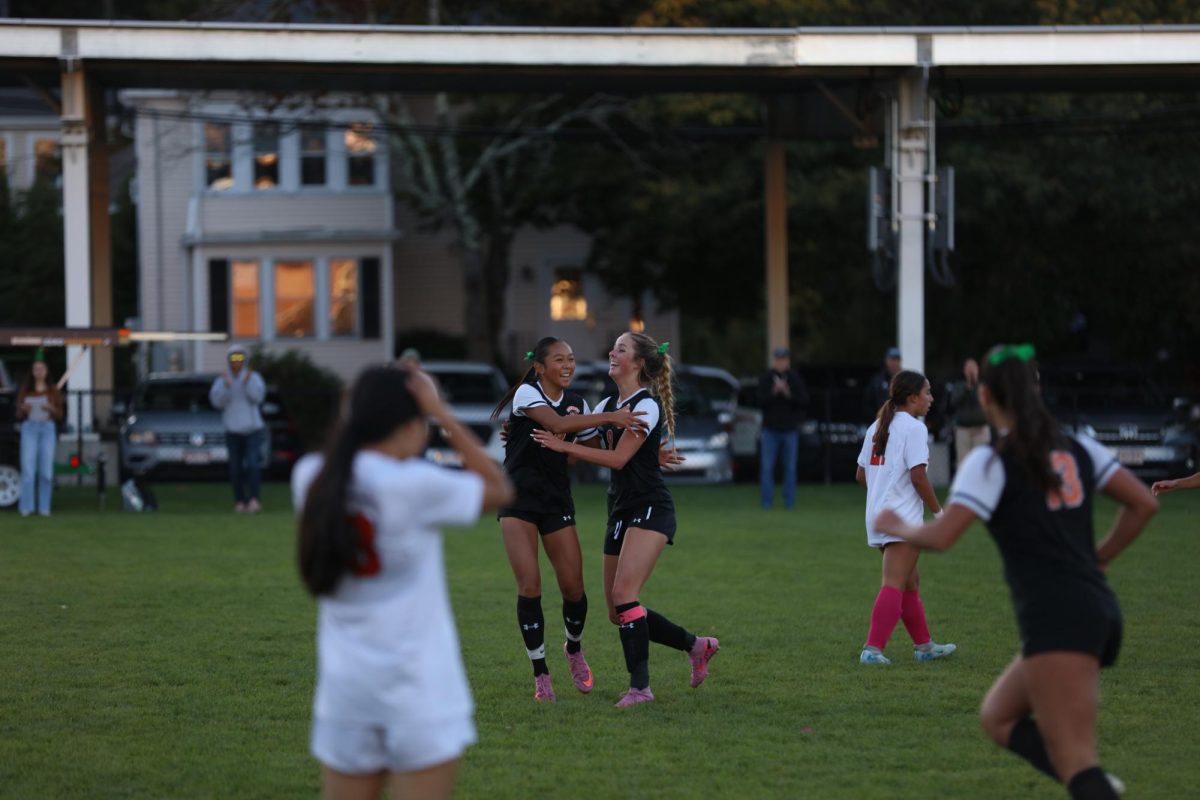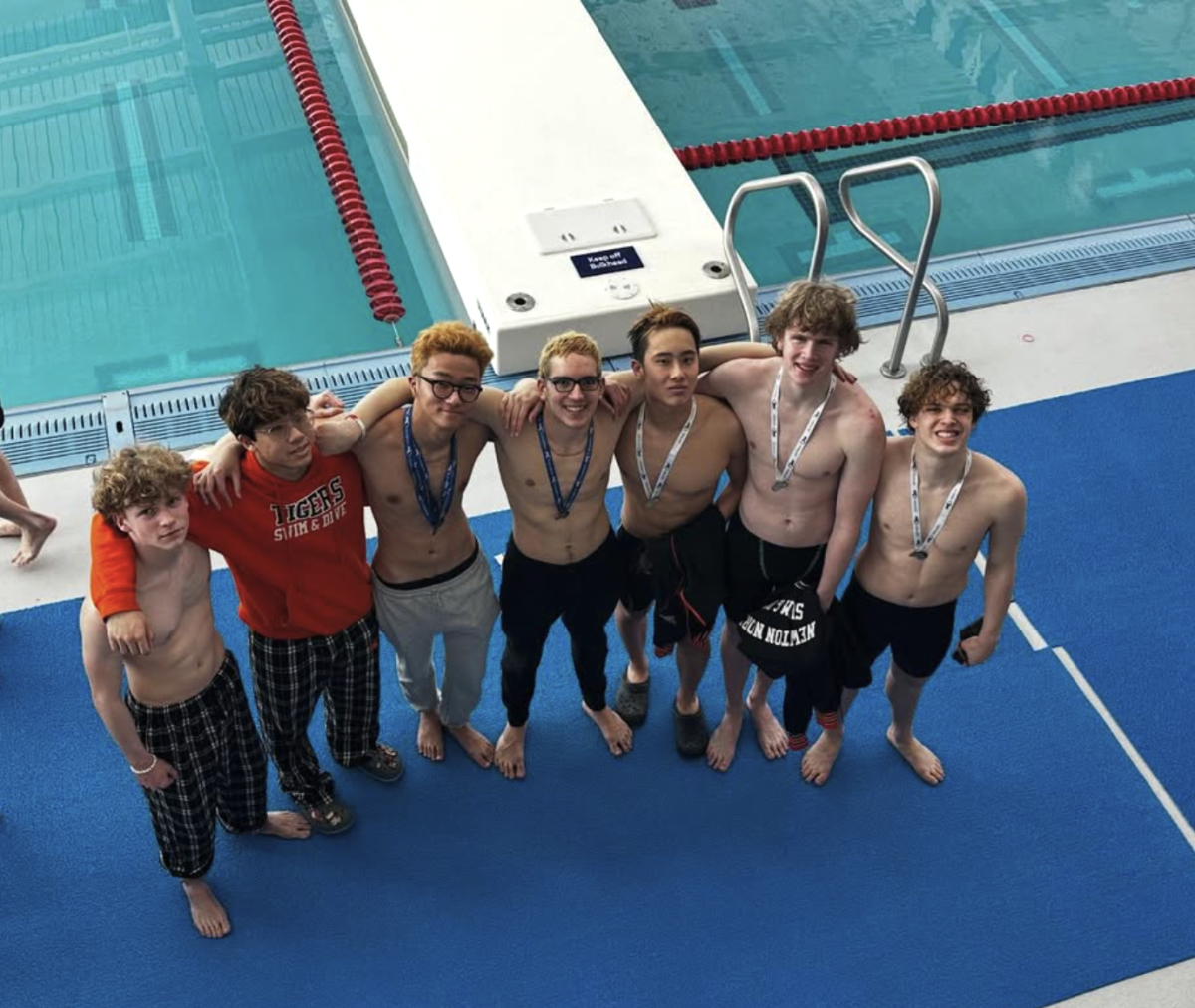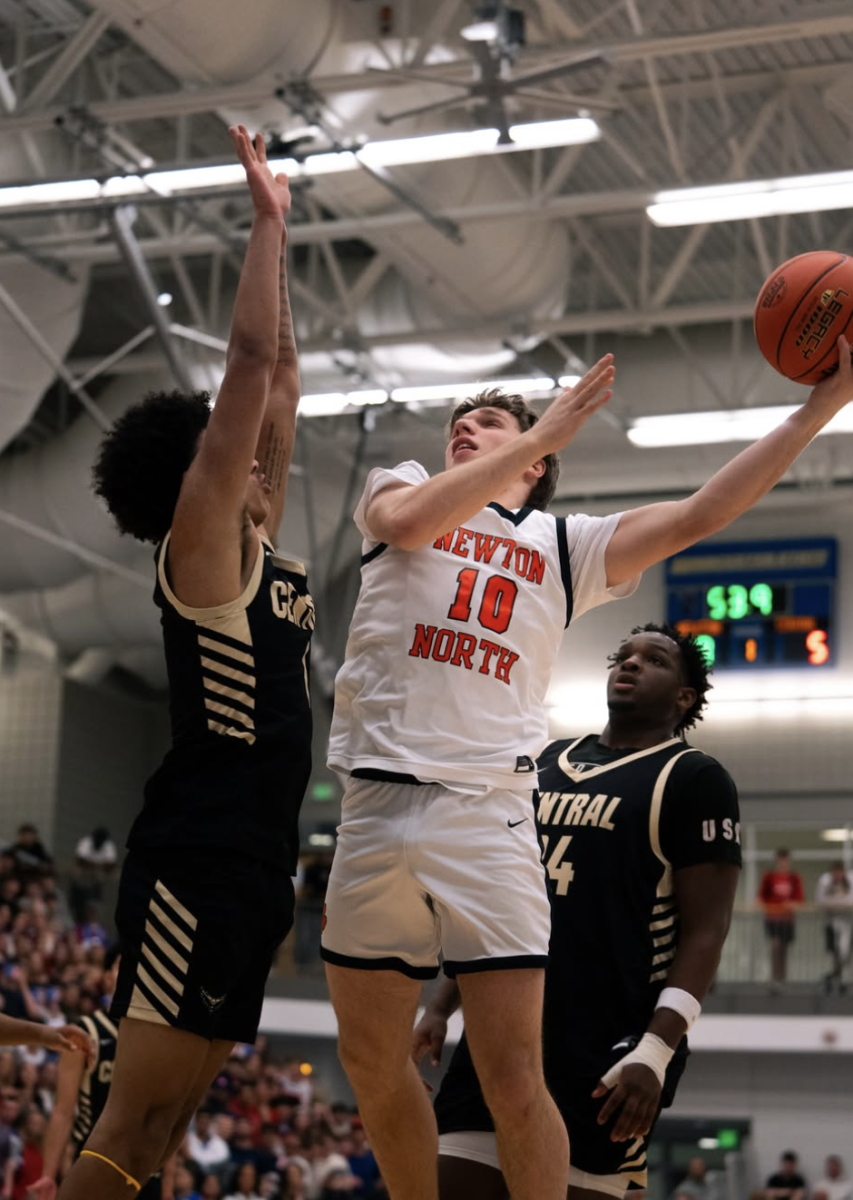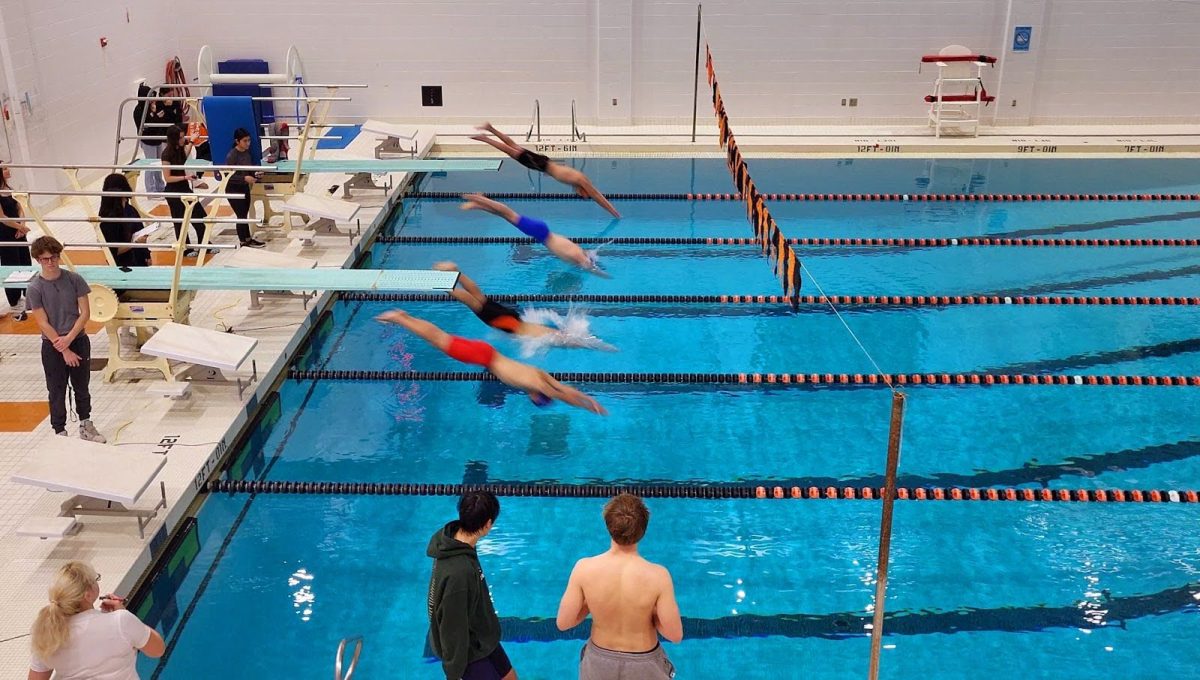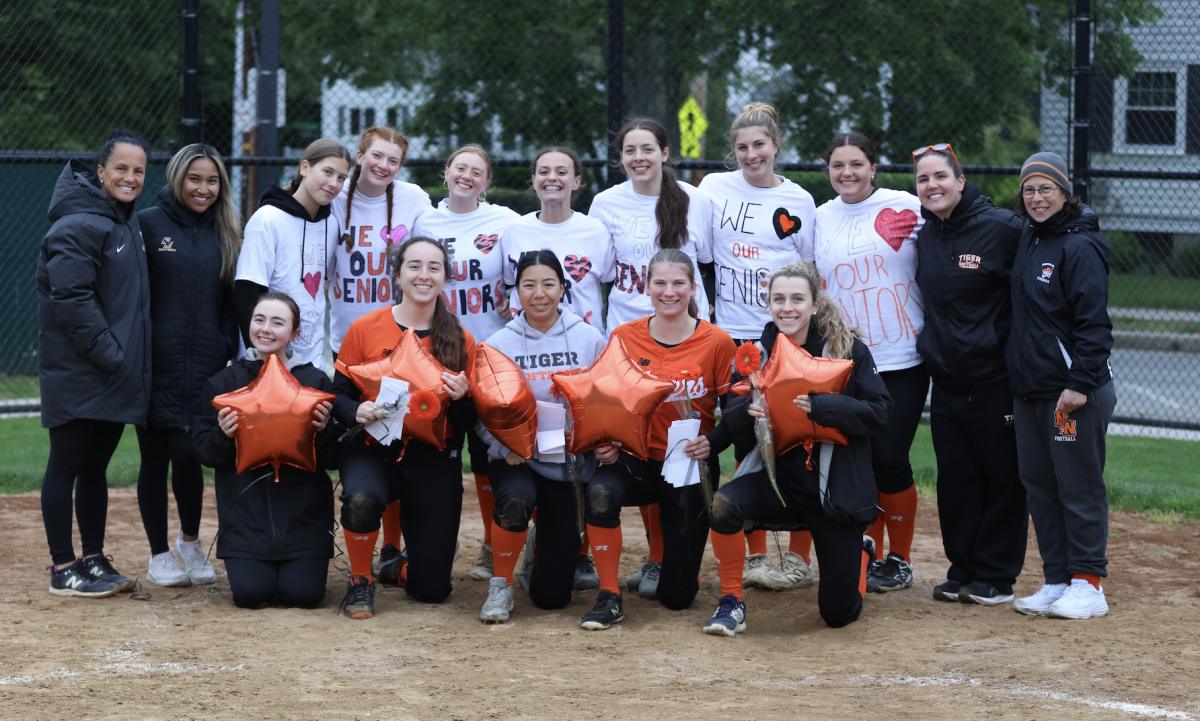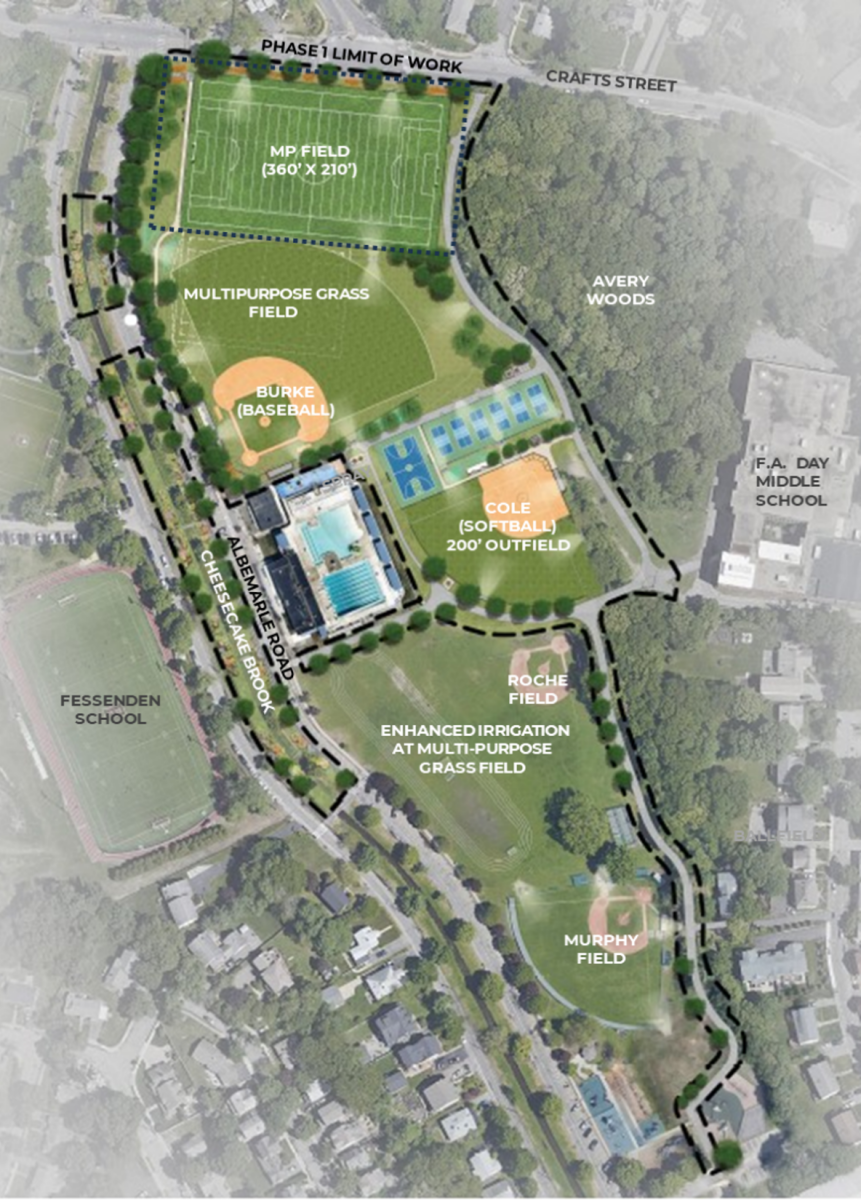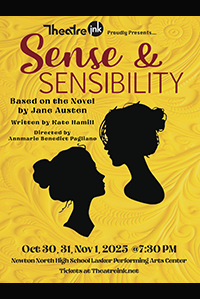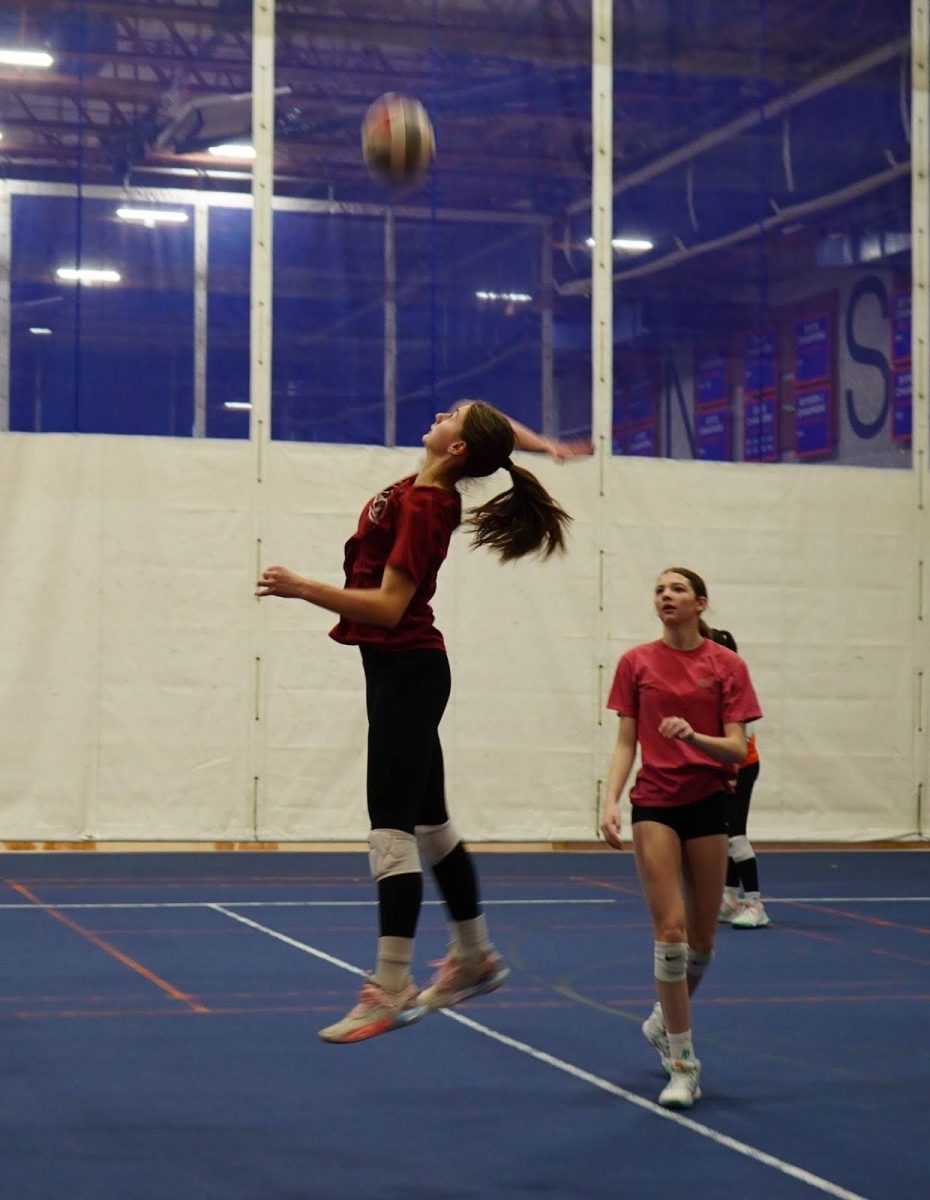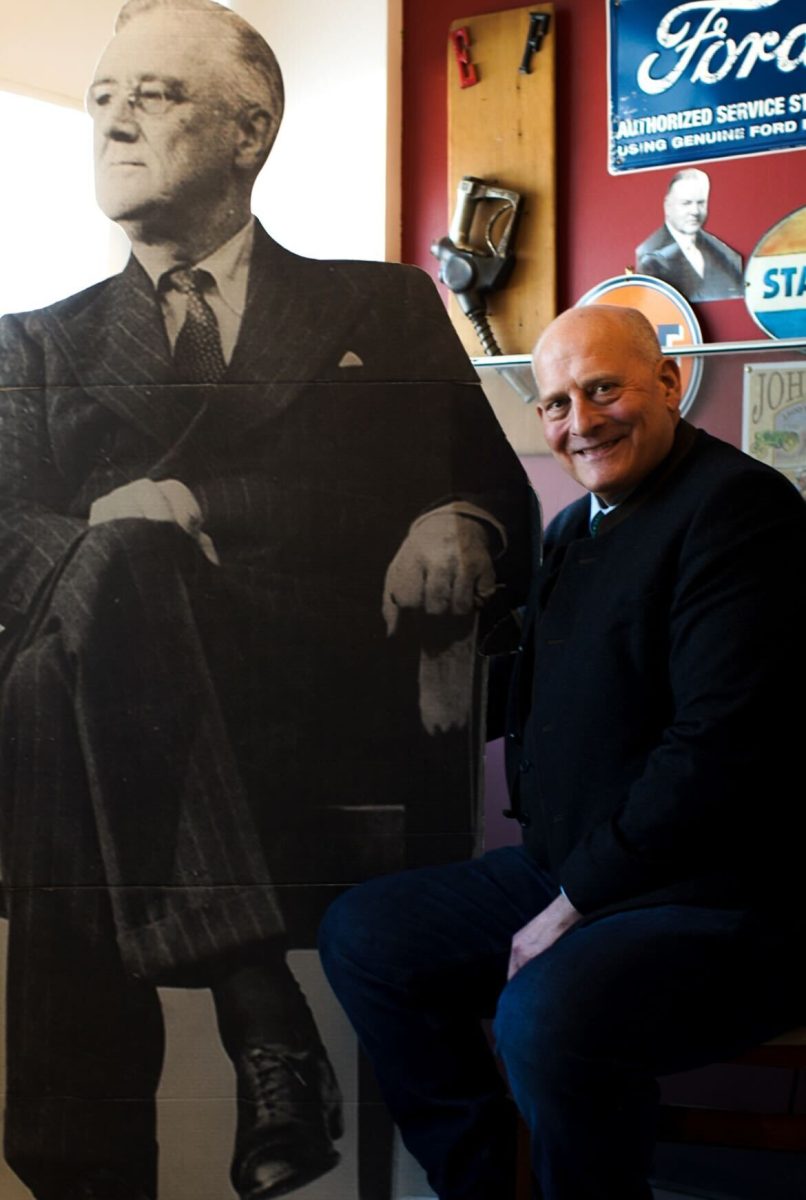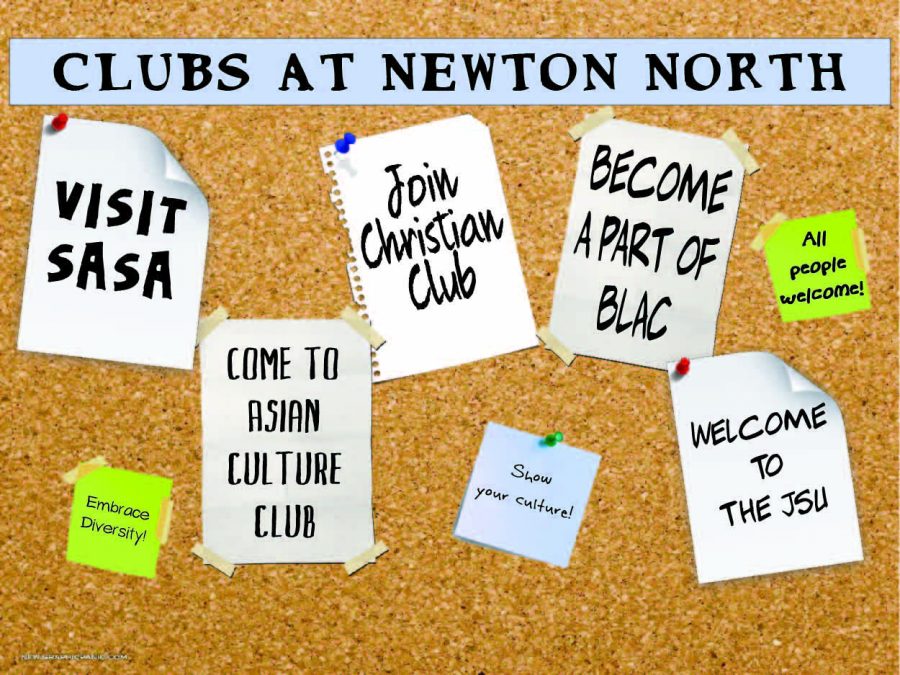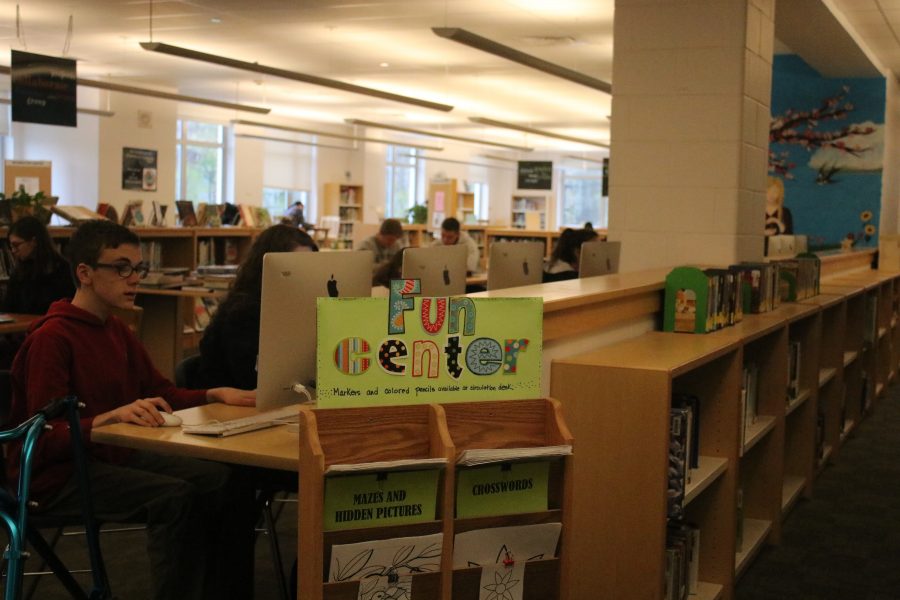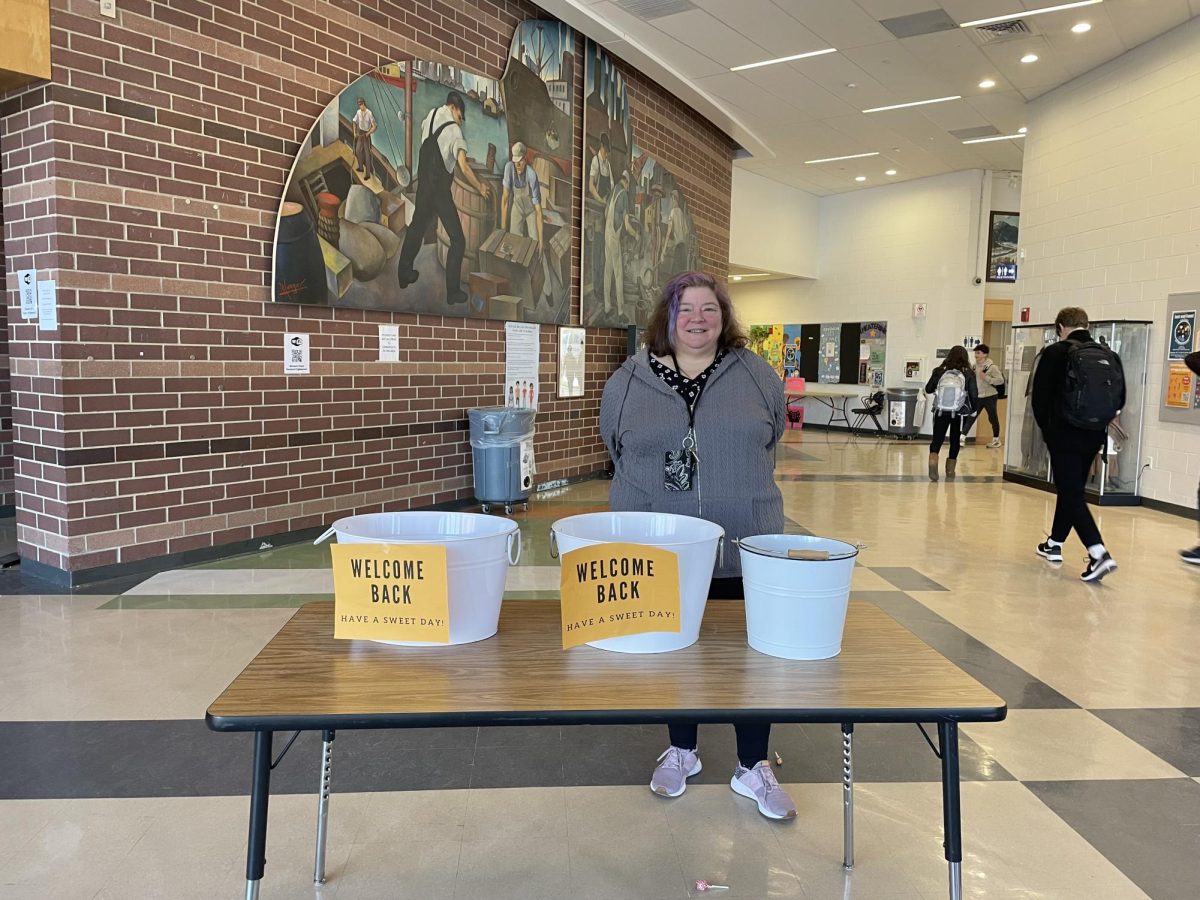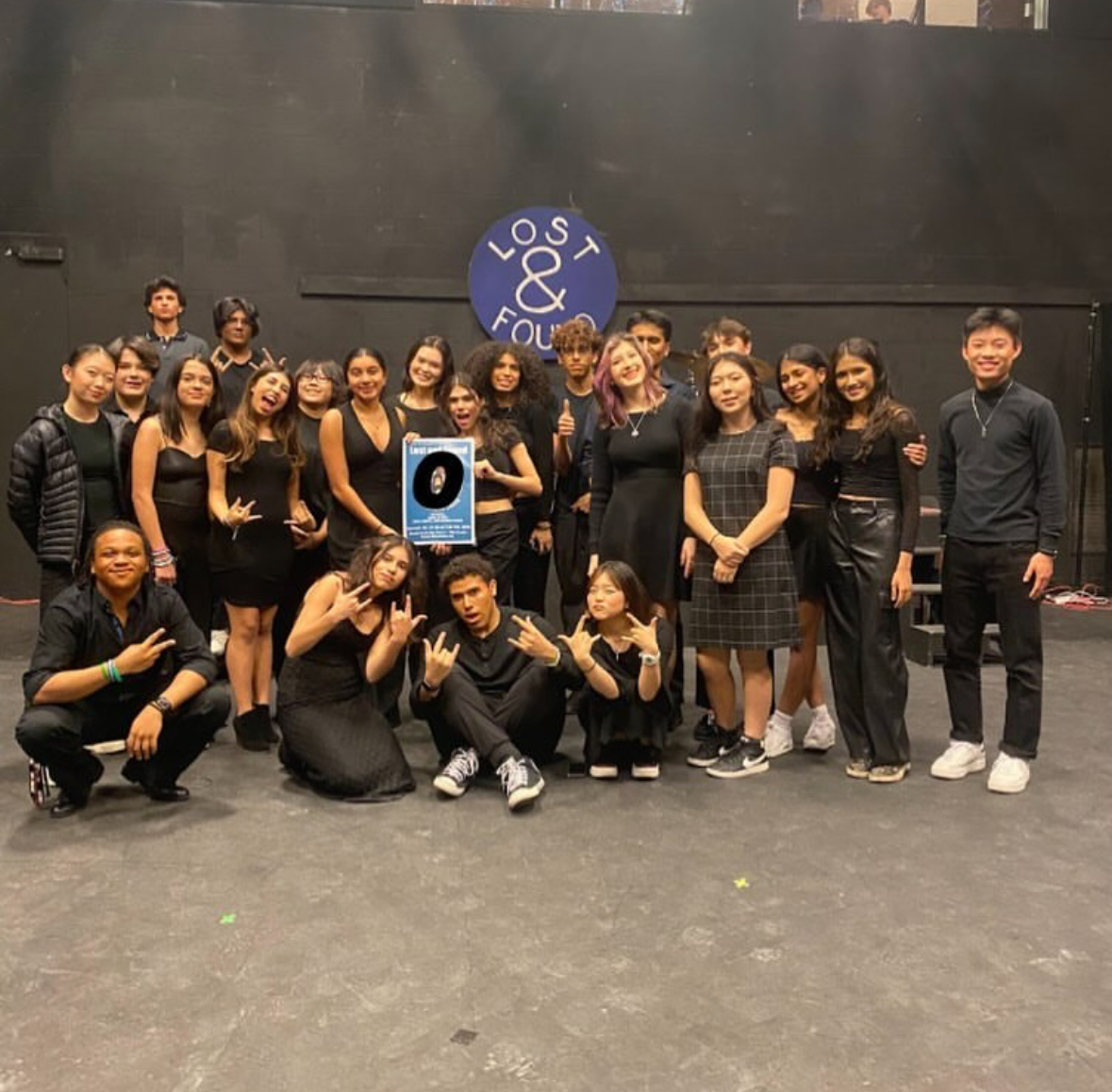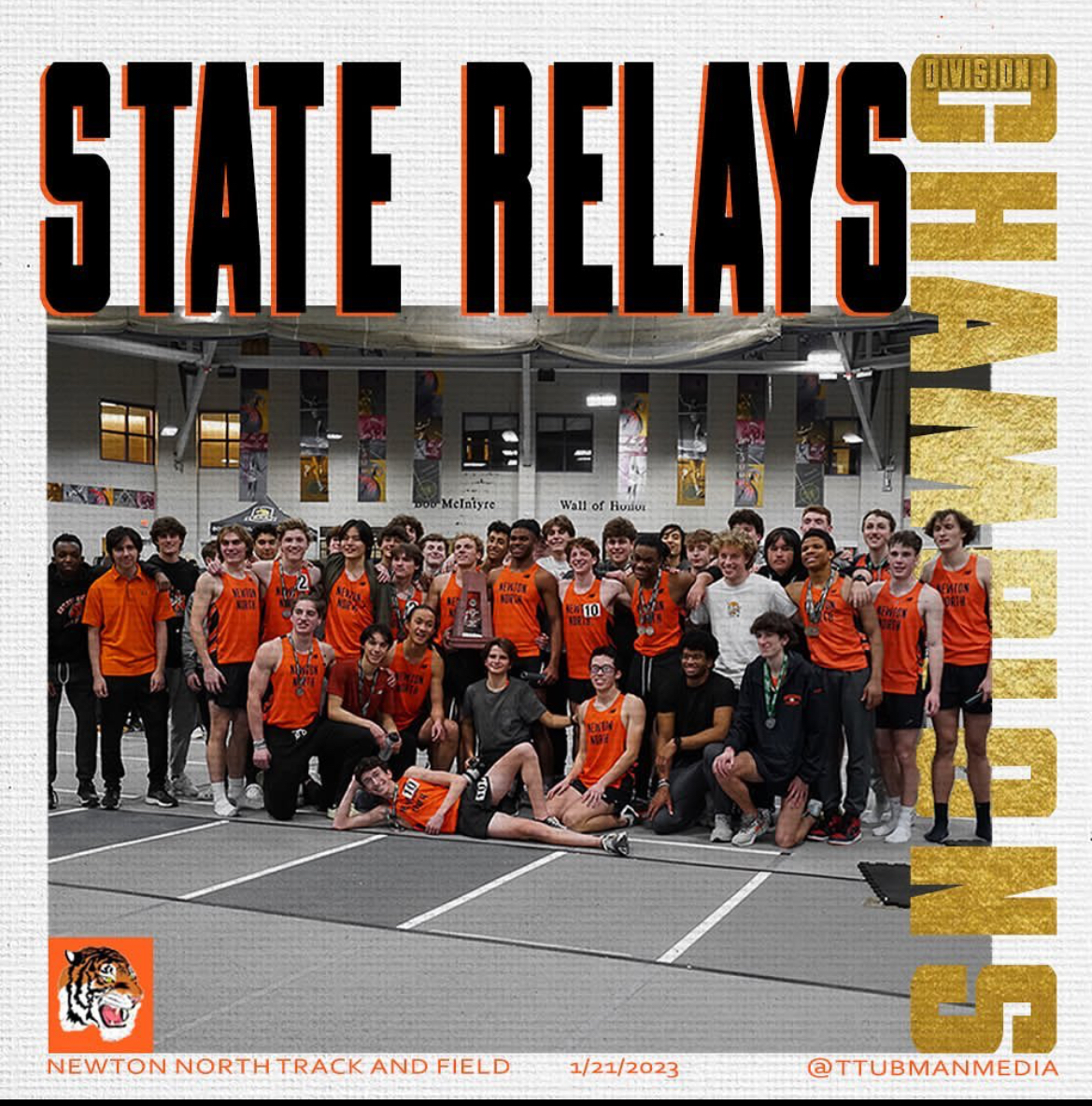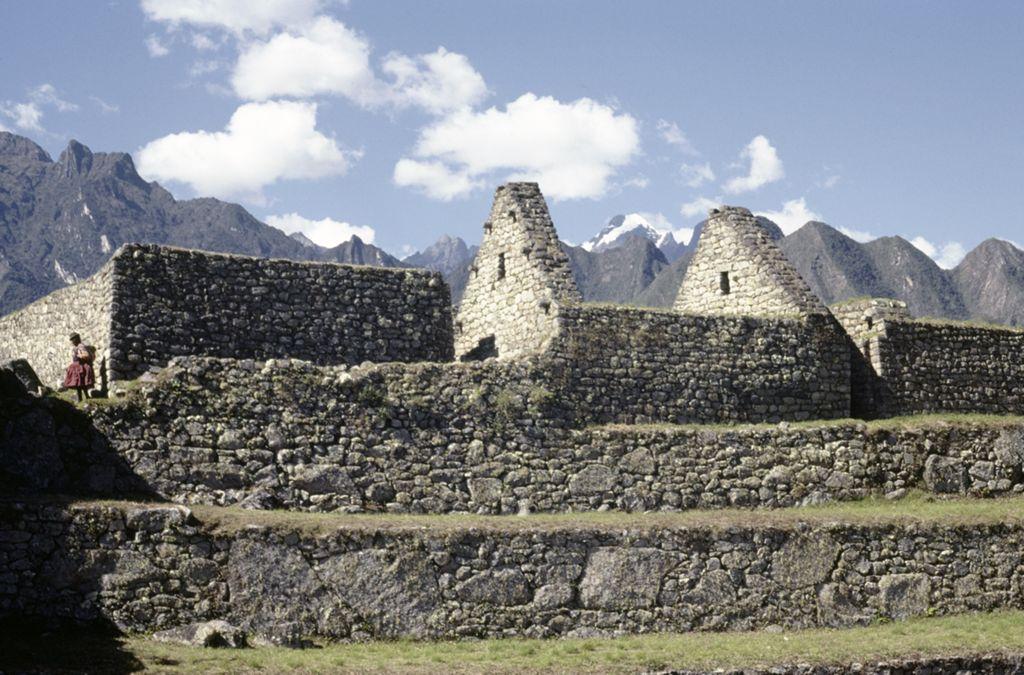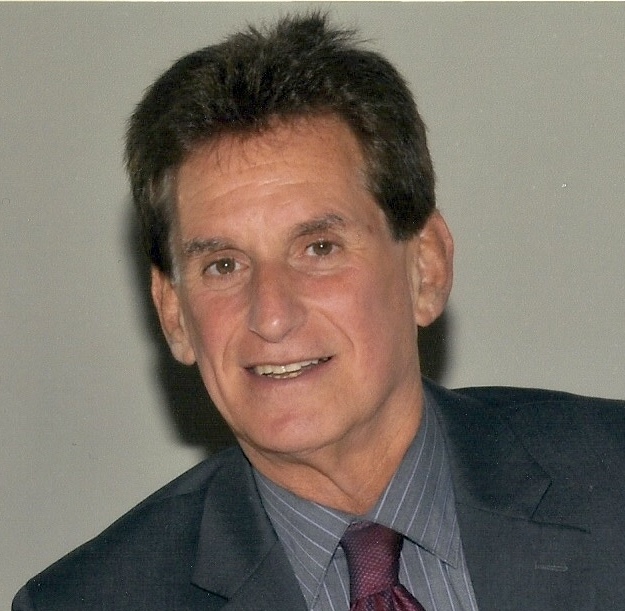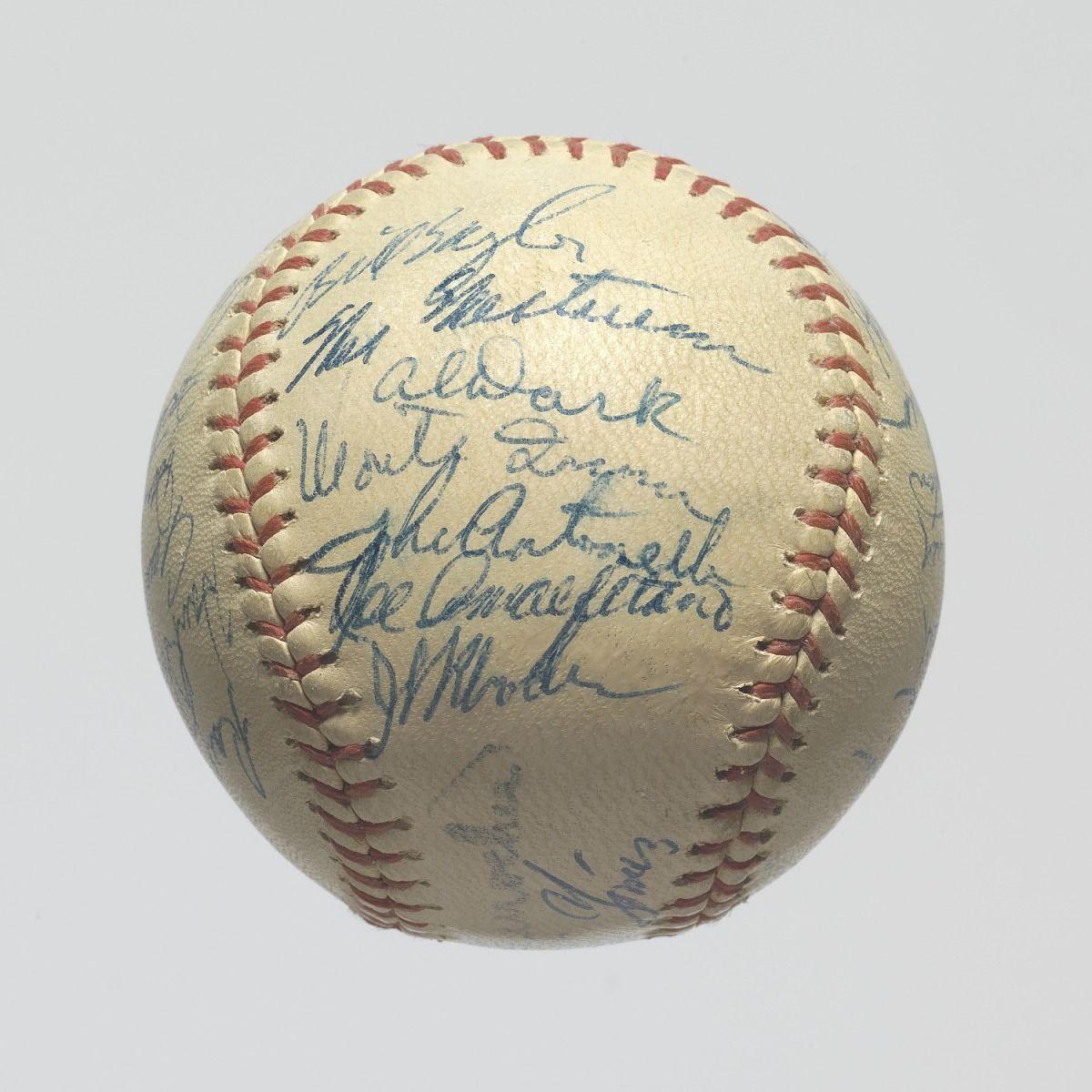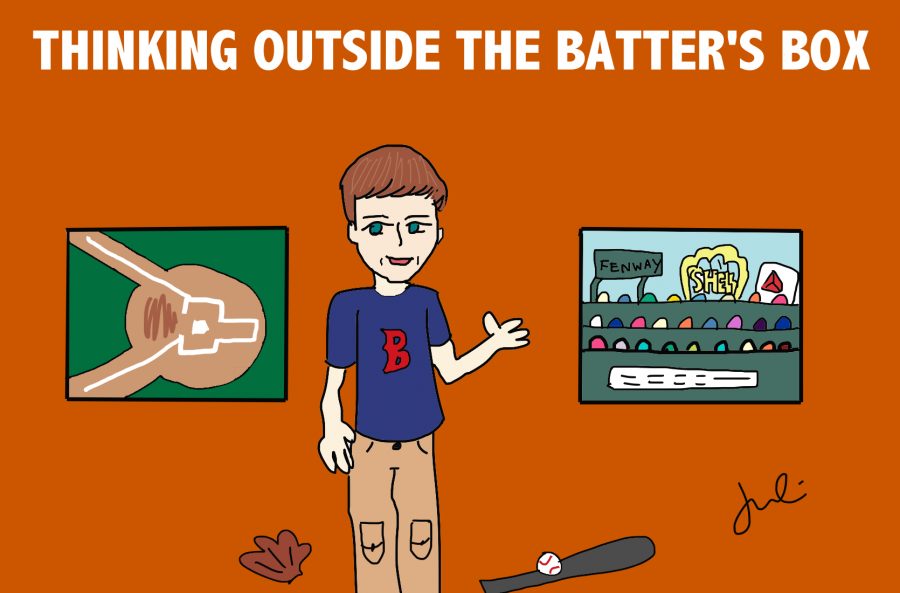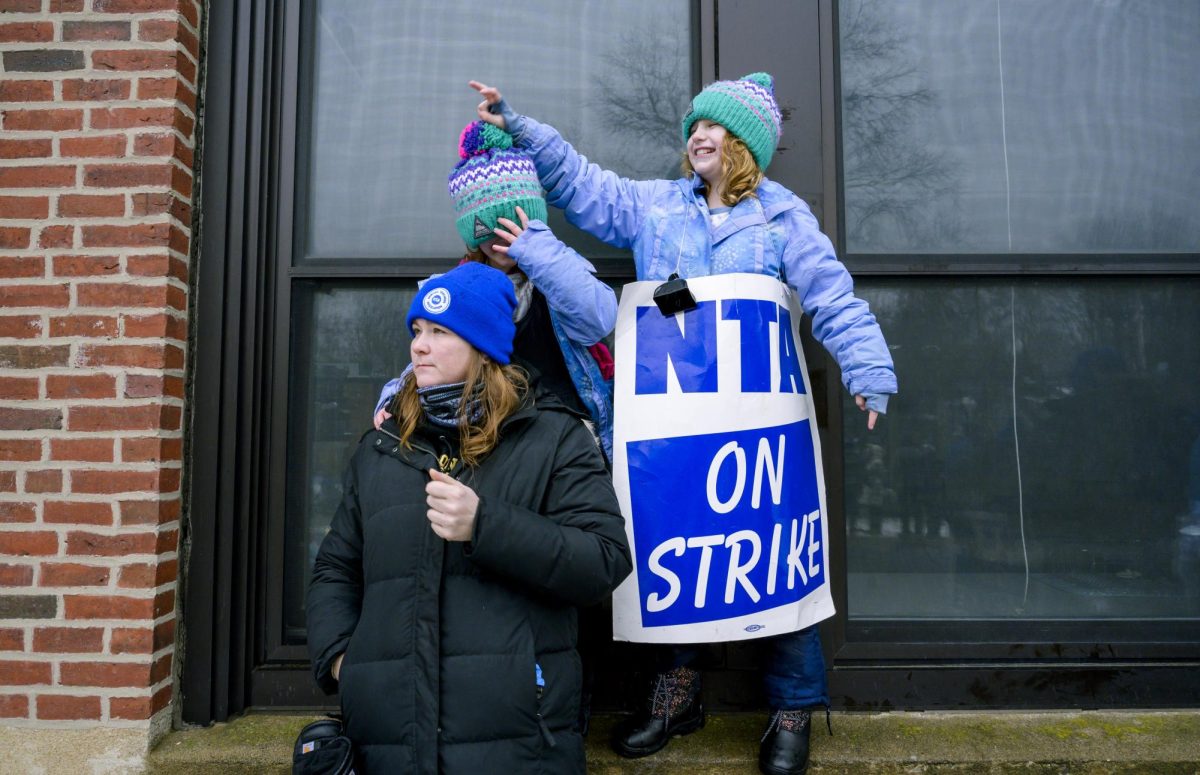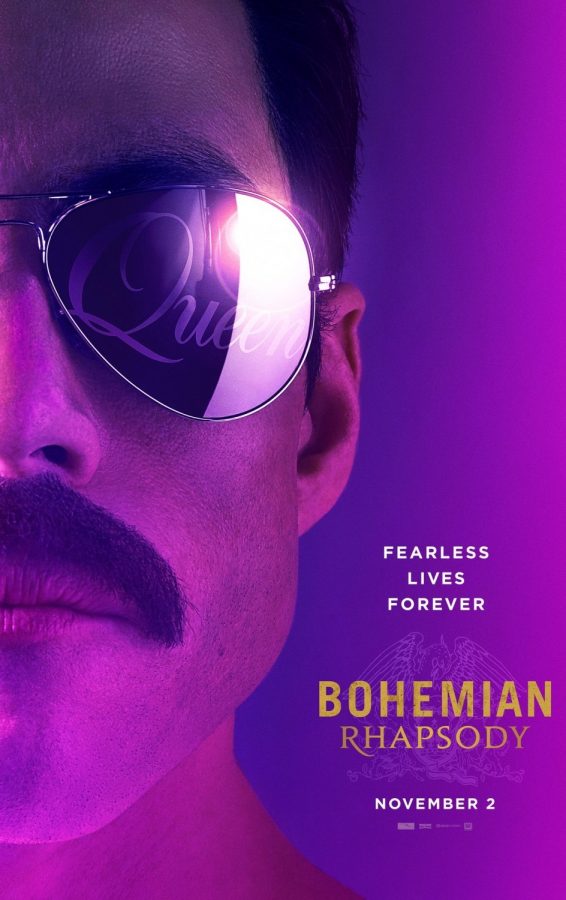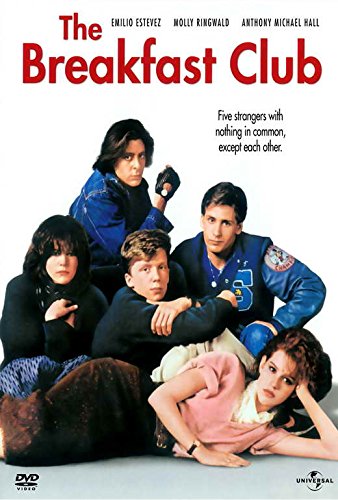by Jacob Gurvis
As a baseball fan, a huge dream of mine is to one day visit all thirty baseball stadiums. This summer, I took a big step towards that dream, crossing seven stadiums off the list on a baseball trip I took with my father.
We visited Citi Field in New York, Citizens Bank Park in Philadelphia twice, PNC Park in Pittsburgh, Great American Ballpark in Cincinnati twice, Wrigley Field and U.S. Cellular Field twice in Chicago, and Comerica Park in Detroit. I had already been to Citi Field, but the others were all new. And there wasn’t a single stadium I didn’t like.
On the trip, we saw some great teams, a handful of All-Stars and former MVPs and Cy Young Award winners, and some exciting games. But this trip was all about the ballparks. We went to many stadiums hours before the game (most stadiums open their gates an hour and a half or two hours prior to gametime), walked around inside, and looked at the special aspects of each park. Many had team Hall of Fames, statues of past greats lining concourses, and for the most part, each stadium had something that made it unique, even if it was just a special delicacy (like the delicious Skyline Chili in Cincinnati.)
While going to these eight beautiful parks, I noticed a large contrast between them, and was able to categorize them into two main groups: new stadiums and old stadiums. The stadiums we saw, with the exception of Wrigley of course, were all relatively new. The oldest was U.S. Cellular Field, which opened in 1991, and the newest was Citi Field, which opened in 2009. Even U.S. Cellular, which is 23 years old, seemed like a new park. There were multiple big video boards, and in general, it did not have an old-fashioned feel to it. And in the grand scheme of things, 20 years is not a lot for a stadium.
Wrigley, on the other hand, is quite literally, an old-fashioned stadium. Celebrating its 100th anniversary this season, the stadium still has no large screens (there is a small one in left field that shows very little information), and a large, manually operated (electric) scoreboard in center field, where most stadiums have their Jumbotrons. There were also manually operated electric scoreboards that hung from the ceilings in certain sections for fans to see while in their seats. The organist plays music constantly throughout the game, and popular music is played very, very little. And last but not least, the entire outfield fence is covered in ivy. Overall, the feeling of the stadium is like no other,
After seeing such a contrast, I realized that this new generation of ballparks, while beautiful and technologically advanced, aren’t the same. PNC Park in Pittsburgh is a great stadium. It’s very open, has a nice view of the city visible in center, and overall, has an awesome baseball atmosphere. Other than Wrigley, it was my favorite. But despite the beauty of the stadium, it’s not Wrigley, and it’s not Fenway. It’s not bad, it’s just different.
Different and new are not always bad. But the atmosphere and feel that a fan experiences at Fenway Park or at Wrigley are unlike anything else. Even at Fenway, with all the renovations and big, high-definition screens, the stadium, 102 years young, still has an old-time feel. The atmosphere of a game at Fenway is special. At both Fenway and Wrigley, fans are thoroughly invested in the game, especially Wrigley, where there are no video boards to distract from the main event, the actual game happening on the field.
On this trip, I realized that the nature of baseball stadiums is very different than it used to be. New stadiums have enormous HD video boards, an overwhelming amount of advertisements lining every inch of the stadium (including the names of stadiums which are often times a brand name), and generally, more and more things being incorporated to entertain fans and give them things to do other than watch the actual game. The new stadiums aren’t bad, they just cater to the increasingly small attention span of young people, with endless things to look at and buy.
So here’s my advice: all the stadiums are nice, but get to Fenway and Wrigley (the only two stadiums built before 1960) and other oldies while you can, before they too get replaced by the new-age, technologically overpowering entertainment parks that just happen to also have a game going on.
My journey through the ballparks of America (or just eight of them)
September 8, 2014
0
Donate to The Newtonite
More to Discover

